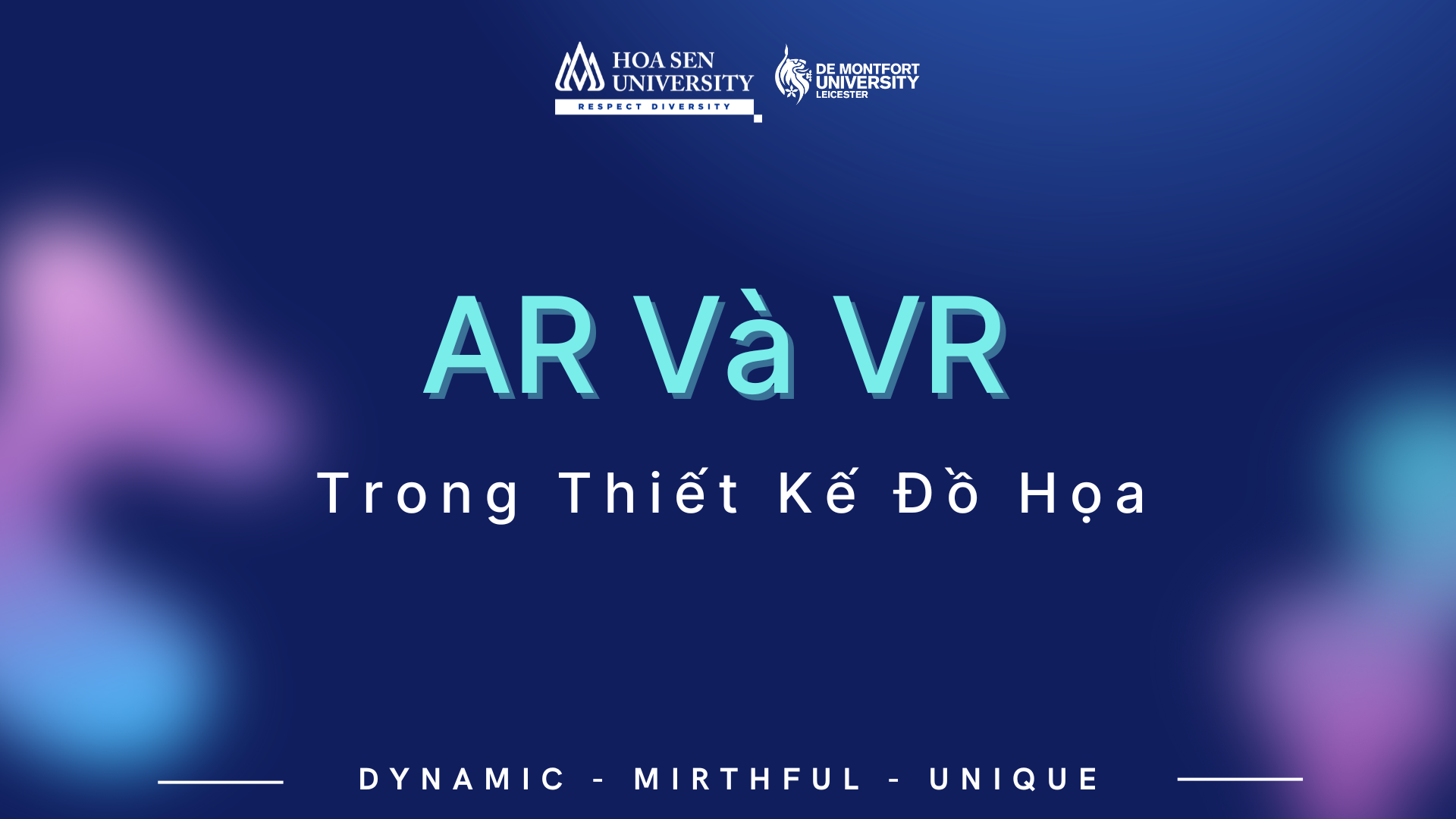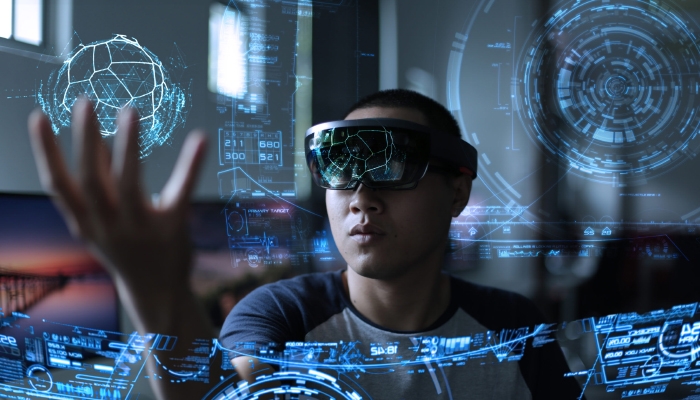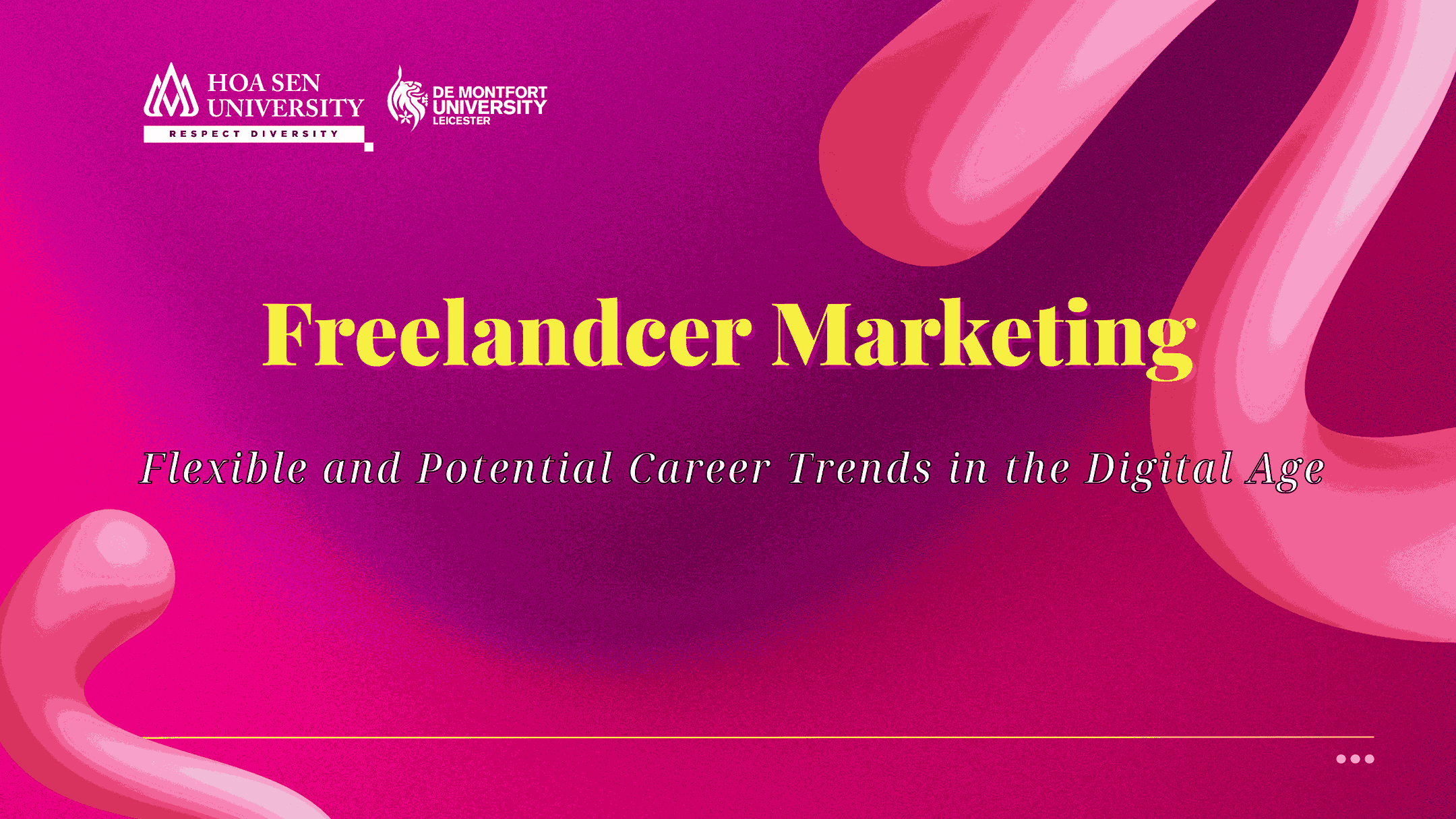AR and VR in Graphic Design: The Future at Your Fingertips
Graphic design is constantly evolving, and the emergence of Augmented Reality (AR) and Virtual Reality (VR) technologies is opening up exciting new eras. So, what exactly are AR and VR, and how will they transform the graphic design industry?

1. Understanding AR and VR
1.1 What is AR?
AR (Augmented Reality) is a technology that lets us “augment” the real world by adding virtual information, images, or objects. Instead of taking users to a completely different environment, AR overlays digital elements onto their real-world view.
For example: You can use an AR app on your phone to see a 3D model of a chair you’re thinking of buying placed right in your living room, or play games where virtual characters appear on your street.
1.2 What is VR?
VR (Virtual Reality) is a technology that creates a fully simulated, immersive environment, completely separating the user from the real world. With VR, users experience a complete virtual world, often through specialized devices like VR headsets.
For example: You can “travel” to a tropical beach, explore an ancient city, or participate in an immersive role-playing game in the most realistic way, all within a virtual environment.
2. Comparing AR and VR: Key Differences

| Criterion | AR (Augmented Reality) | VR (Virtual Reality) |
| Environment | Real world “augmented” by virtual elements. | Entirely virtual environment, separating users from reality. |
| Experience | Interact with both the real world and virtual elements simultaneously. | Completely immersed in a virtual world. |
| Devices | Often smartphones, tablets, specialized AR glasses. | Specialized VR headsets (Oculus Quest, HTC Vive, PlayStation VR). |
| Immersion Level | Lower; still aware of surrounding environment. | Higher; isolates users from the outside world. |
| Common Uses | Games (Pokémon Go), try-on apps, assembly instructions, advertising. | Games, simulated training, virtual tourism, virtual meetings. |
3. Benefits of Applying AR/VR in Graphic Design
Integrating AR and VR into the graphic design workflow offers a range of significant advantages:
- More Intuitive Experiences: Designers and clients can visualize products, spaces, or environments in the most realistic way before they are materialized. For instance, in architectural graphic design, clients can “walk through” their future home.
- Enhanced Interactivity: AR/VR allows users to directly interact with 3D models, changing colors, materials, and sizes with gestures or controllers. This optimizes the feedback and revision process.
- Reduced Costs and Time: Creating virtual models lessens the need for expensive and time-consuming physical prototypes. Revisions can be made quickly within the virtual environment.
- Improved Evaluation and Approval Processes: Clients can easily visualize and provide more accurate feedback when they can “see” and interact with designs in a three-dimensional space.
- Expanded Creative Boundaries: Graphic designers can experiment with more daring ideas, creating unique and impressive experiences that were previously difficult to achieve with traditional 2D media.
- New Potential in Training and Education: AR/VR is opening up new methods of training and learning for the graphic design industry, allowing students to practice in simulated real-world environments.
4. Conclusion
It’s clear that AR and VR are not just supplementary technologies; they are becoming an indispensable part of the future of the graphic design industry. They not only enhance product quality but also fundamentally change the workflow, from initial concept to final product. To stay ahead, graphic designers need to grasp and master these technologies.
Notably, access to advanced international training programs, such as the International Collaborative Program in Graphic Design between Hoa Sen University and De Montfort University (DMU), offers a significant advantage. Students will gain the latest knowledge and skills in global design trends, including the application of AR/VR, preparing them to become leading experts in the digital era of graphic design.















